Loqate vs. Google
Bad data costs businesses £10.2m annually
Here’s why brands choose Loqate’s solution every time
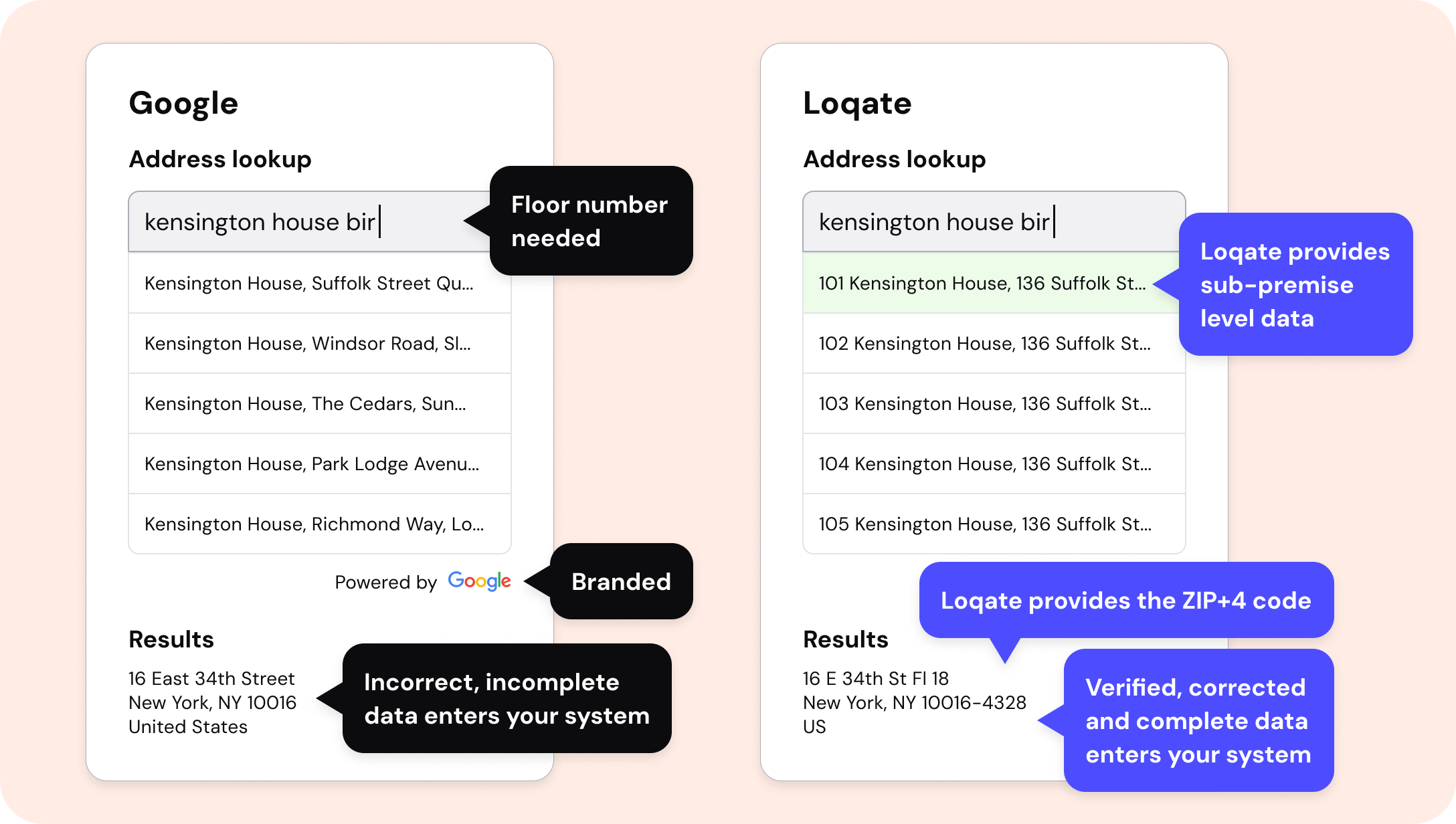
5 reasons why customers choose Loqate
Sub-premise level data
Loqate’s solution includes sub-premise level data like flats, suites, and floor numbers. We combine multiple data sources for each country and territory into a single best address record. Google’s data is not as complete, and doesn't always include apartment level data.
Our location biasing is more granular so customers can find any address with as little as three keystrokes.
Global coverage at scale
We take your hard-to-address data and produce standardised, formatted & enriched results. Our API spans 250 countries & territories, multiple languages and 8 global character sets.
Google's data is not as comprehensive. We provide our customers with a complete location record for every country and territory including hard to reach markets.
Caching & restrictive data service terms
At Loqate, storage, pre-fetching, caching, & 30-day limits don’t apply and we don't require you to use our logo.
Others limit data obtained to 30 days, which means that addresses must be entered multiple times, even for repeat customers.
Minimise false positives
False positives happen when an address is entered incorrectly, but the error isn't flagged. Loqate’s proprietary data curation process creates one single best address record by cross-referencing data from multiple sources.
Google relies on their mapping platform & suggests invalid, unstandardised, or incomplete addresses.
Advanced customer support
Loqate's product and customer support teams are location data experts across the world.
Our customers rely on us during every phase of partnership to help solve problems – anywhere, anytime.
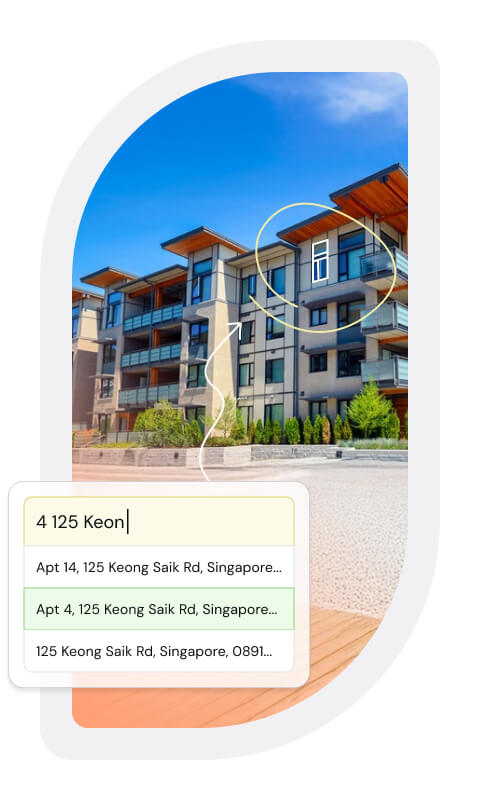
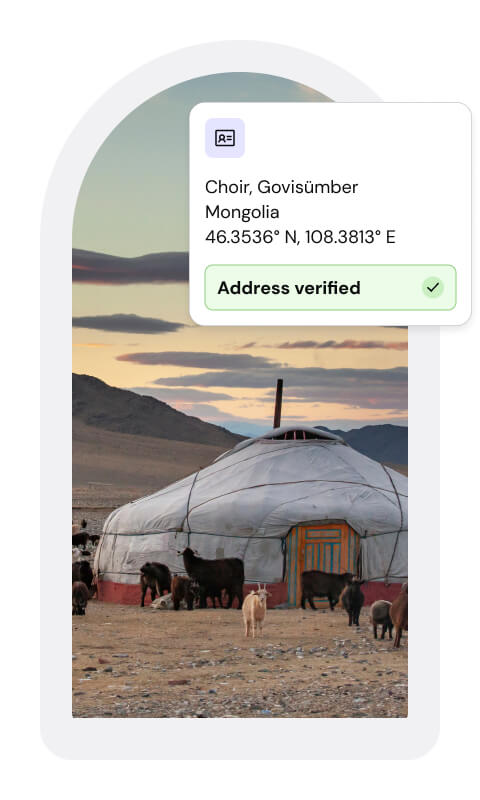

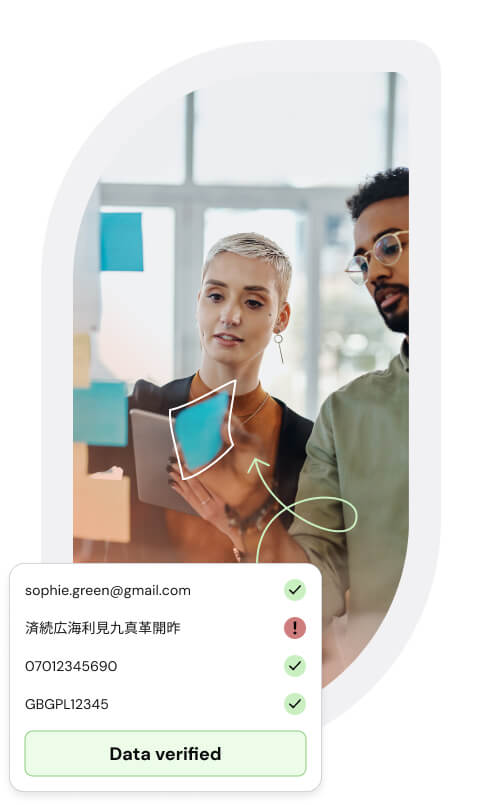
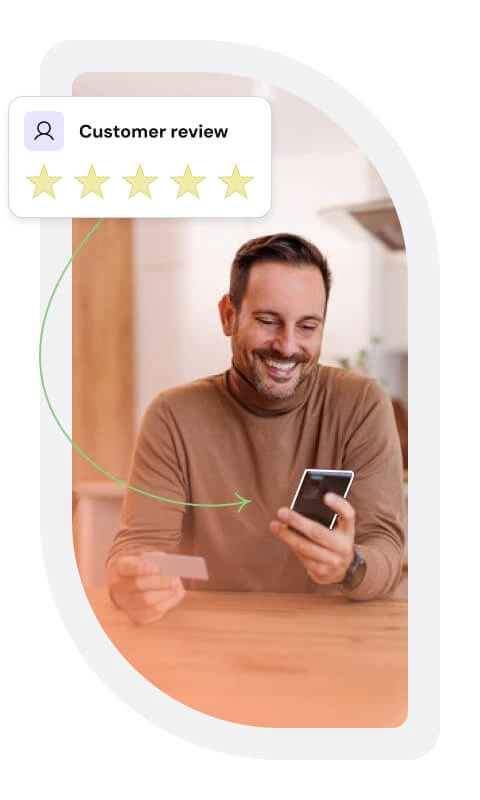
Loqate gives our customers the confidence that our products will arrive on time and to the right location.
Sandeep Suresh Mehta
Senior Product Manager
Trusted by the world's best brands
Customers love us
But don't just take our word for it - check out our latest G2 awards










